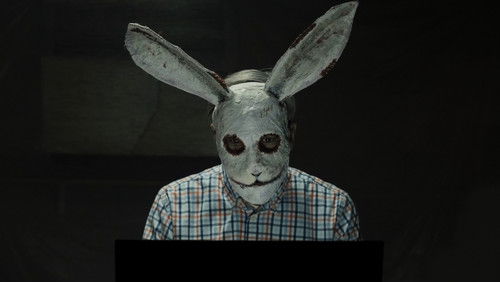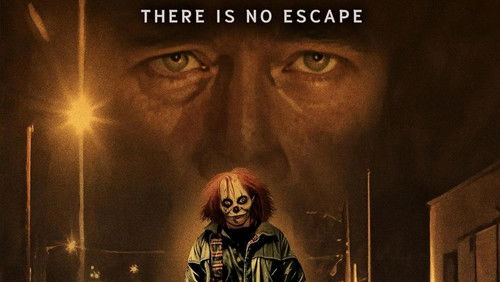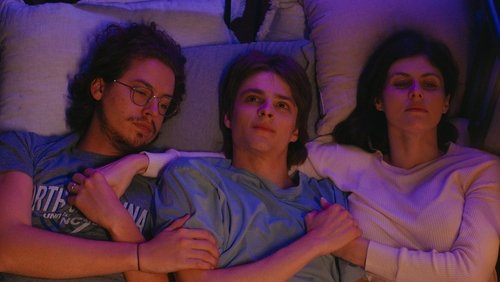Die Firma (1993)
46KDie Firma: Directed by Sydney Pollack. With Tom Cruise, Jeanne Tripplehorn, Gene Hackman, Hal Holbrook. A young lawyer joins a prestigious law firm only to discover that it has a sinister dark side.
“In this excitingly convoluted genre piece by Sydney Pollack—who blossomed into a straightforwardly commercial director who was happily a part of the commercial mainstream, unlike such surviving contemporaries as Sidney Lumet and Woody Allen—Tom Cruise plays Mitch McDeere, a poor boy who is embarrassed by his meager roots now that he has graduated from Harvard Law fifth in his class. He gets offers from the top law firms in New York and Chicago, yet ultimately opts for a smaller firm stationed in Memphis. His choice is money-minded. He regards money as peace of mind, however later in the film he is less certain than heu0026#39;s ever been of how flush heu0026#39;d need to have to be truly at peace.u003cbr/u003eu003cbr/u003eSome movies about the law reduce the judiciary elements to the rank of incidental. This one squeezes them for all theyu0026#39;re worth. Without betraying too much of the story, I can say that McDeere is soon enough being blackmailed by both the FBI and the firmu0026#39;s security chief, grizzled and mild Wilford Brimley, quite compelling in an unusual jaunt as a bad guy. To protect himself, Mitch has to exercise both mind and body, eluding hit men and outwitting lawyers, to save both his life and his license to practice law.u003cbr/u003eu003cbr/u003eDrawn from the novel by John Grisham, as adapted by three of the most high-priced screenwriters at the time, this star-studded suspense melodrama takes an admirable two and a half hours to work its way through a hair-splitting ethical hodgepodge. By the finale, regardless of McDeereu0026#39;s gasping expounding during phone calls in the middle of a chase sequence, his plan of action is bewildering. And then there is the one character who never saw two particular killers when she witnessed another characteru0026#39;s death because she was totally enclosed and hidden, which is how she survived, but in a later scene with Mitch, she says she saw the killers and details what they looked like, even the color of oneu0026#39;s eyes, the one actually being an albino. However, it doesnu0026#39;t seem as far-fetched as it would were the style of the movie not as competent even when the fine points were bleary.u003cbr/u003eu003cbr/u003eSydney Pollack, usually a solid director of easy-going entertainment, liked to make big, demanding movies and he was secure working with huge stars. Whether or not that colors his movies with a sugar-coated worthiness, he utilized them as abbreviated exposition. Case in point: One glance at Hal Holbrook as the top dog of the Firm and we sense itu0026#39;s a suspicious organization. Holbrook almost always plays the ostensibly dignified man with skeletons in his closet. One look at Gene Hackman, as the law partner who becomes Cruiseu0026#39;s coach, and we know heu0026#39;s an incredibly faulty yet essentially not such a bad man, as he always is. One look at Cruise and we get a complacent feeling, because he is, in lots of his roles, just a little slow to figure things out. His characters appear to trust people too readily, and so it seems authentic when he accepts the Firmu0026#39;s song and dance and inducements.u003cbr/u003eu003cbr/u003eThe movie is practically a compilation of great small character performances. Ed Harris, menacing with a shaved head, mainly requires little more than a couple of concise appearances to persuasively disclose the FBIu0026#39;s case against the Firm, and to divulge its airy readiness to force a potential witness to undergo impossible duress. Another potent performance is by David Strathairn, as the brother McDeere hasnu0026#39;t told the Firm about. Strathairn has arisen as one of the most commanding character actors around. There are also rich performances by Gary Busey, as an articulate private eye, and especially by Holly Hunter, as his allegiant secretary. Actually, watching this high falutinu0026#39; legal thriller, it hit me that law firms have to some extent usurped Army platoons as Hollywoodu0026#39;s most enjoyed universal human setting. The new law thrillers have the same components as those reliable old World War II action films: Assorted cultural and character archetypes who battle each other when theyu0026#39;re not battling the enemy. The law movies have one formidable leg-up: the female characters engage equally in the fray, rather than simply cooking, cleaning and writing letters.u003cbr/u003eu003cbr/u003eThe vast peanut gallery of characters makes The Firm into a persuasive Hollywood landscape. There are enough convincing people here to give McDeere a genuine environment to inhabit. And Pollack was forbearing inwith some ways with his material. He would allow a scene to go on until the point was made somewhat more acutely. That would let an actor like Hackman be stunningly compelling in scenes where he delicately authenticates that, in spite of everything, he has a decent soul. A sensitive scene near the climax between Hackman and Tripplehorn is like an advanced course in acting. The parts of The Firm seem better than the whole. And there are some great parts.”









